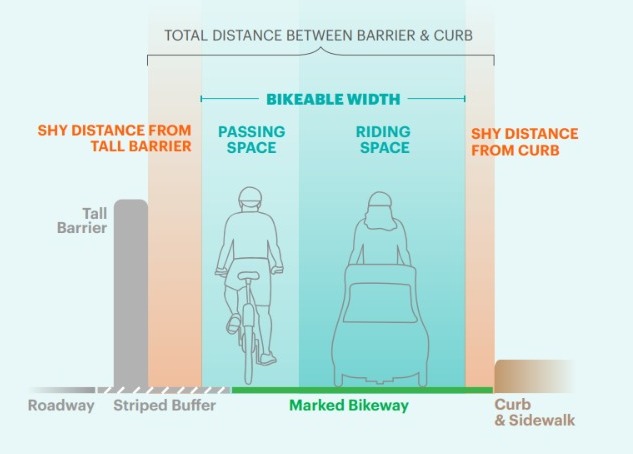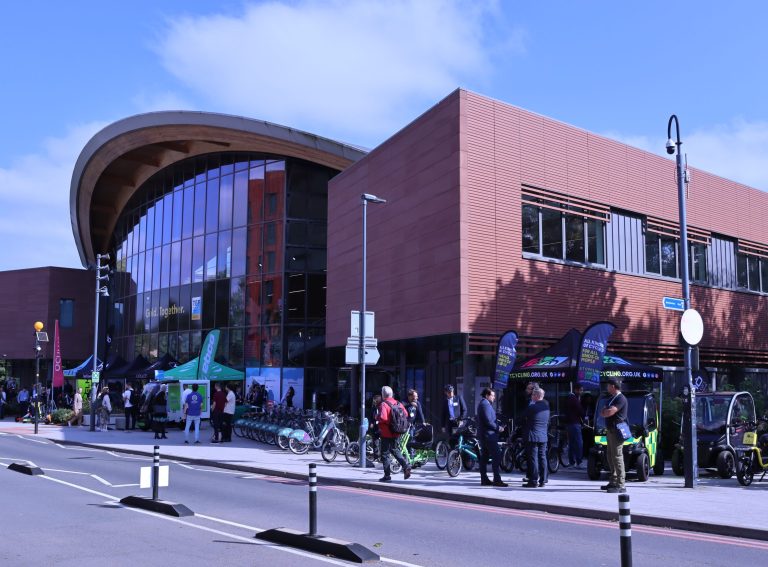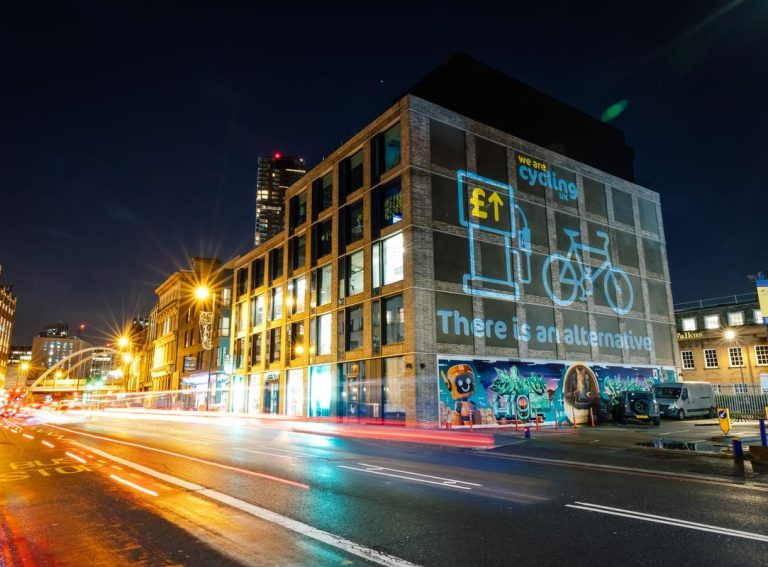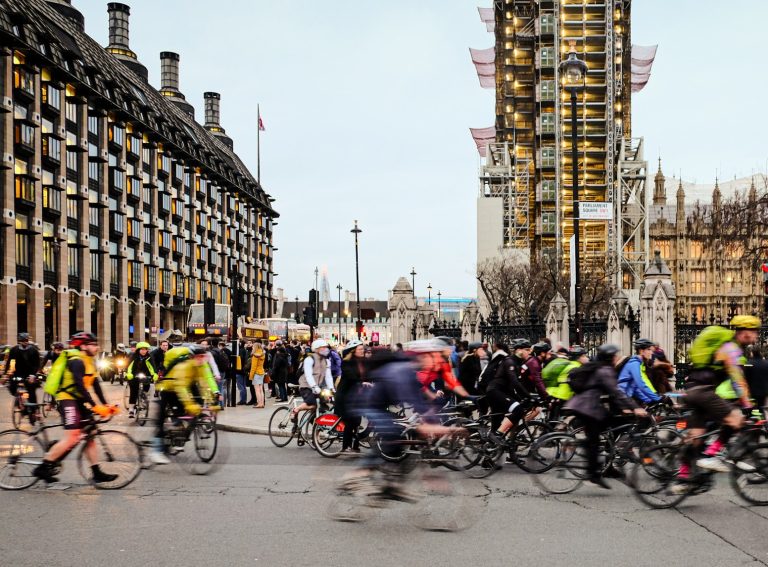The National Association of City Transportation Officials (NACTO) has released a new study calling for urban bike lanes to be redesigned to accommodate a variety of micromobility alternatives.
Titled “Designing for Small Things With Wheels,” the paper offers strategies to adjust bike infrastructure to include a wide range of vehicles with different sizes and speeds, such as e-bikes, e-scooters and cargo bikes.
“To ensure bikeway design is inclusive of all potential riders — regardless of which wheeled device they ride — designers need to accommodate more people using bikeways with higher speed and size differentials,” the paper states.
Current infrastructure designs have traditionally favoured confident riders, who are usually adult men, leaving other potential users, including children, seniors, women, people with disabilities, and those transporting goods, out of the equation.
According to the study, bike lanes are the best, safest, and most comfortable place for people using the wide array of often electrified small things with wheels, as they are still vulnerable to car traffic.
Redesign suggestions
Such adaptation of bike infrastructure would require extra width to accommodate larger vehicles and allow comfortable passing, as well as the creation of dedicated space at intersections.

According to the paper, wider-protected bike lanes are especially important to protect children and caregivers, side-by-side riders, people using adaptive devices, and people moving goods from close passing.
The study also suggests that providing smooth surfaces for devices with small wheels and using obvious signs and markings are helpful to clarify that newly popular device types – like e-scooters and e-bikes – are welcome.
“When bikeways are designed for all ages, abilities, and micromobility options, people on bikes and scooters will prefer to ride in the well-designed bikeways instead of competing for space on a sidewalk”, the paper states.




